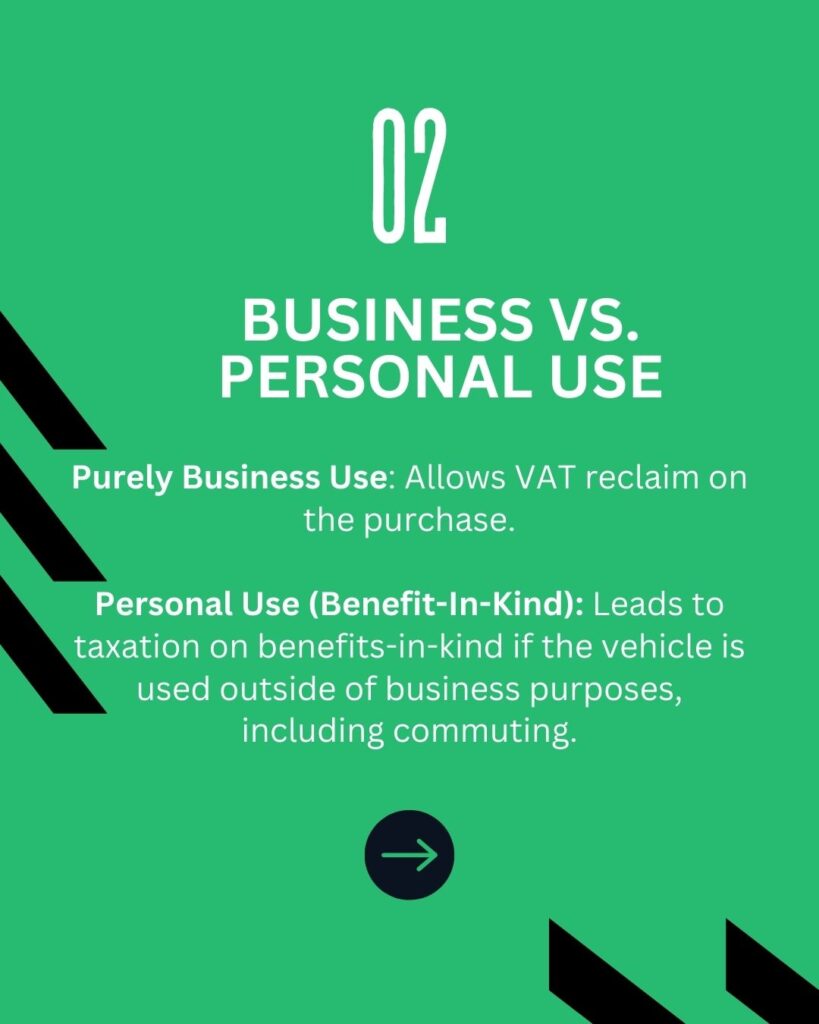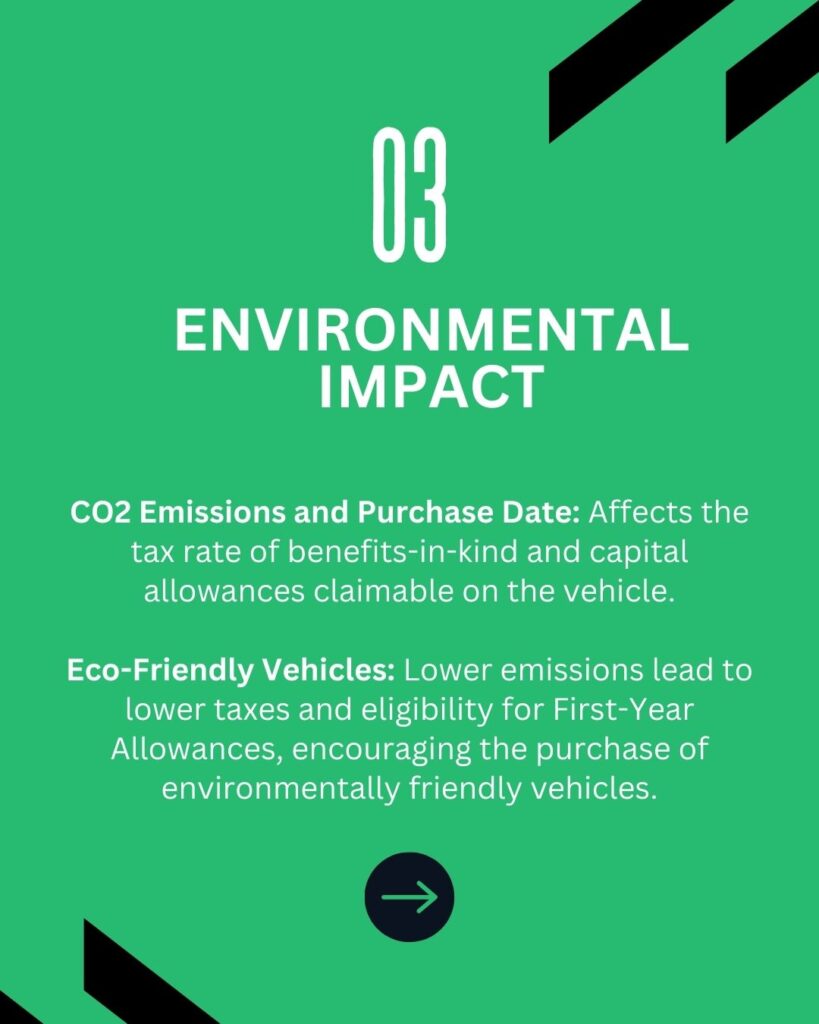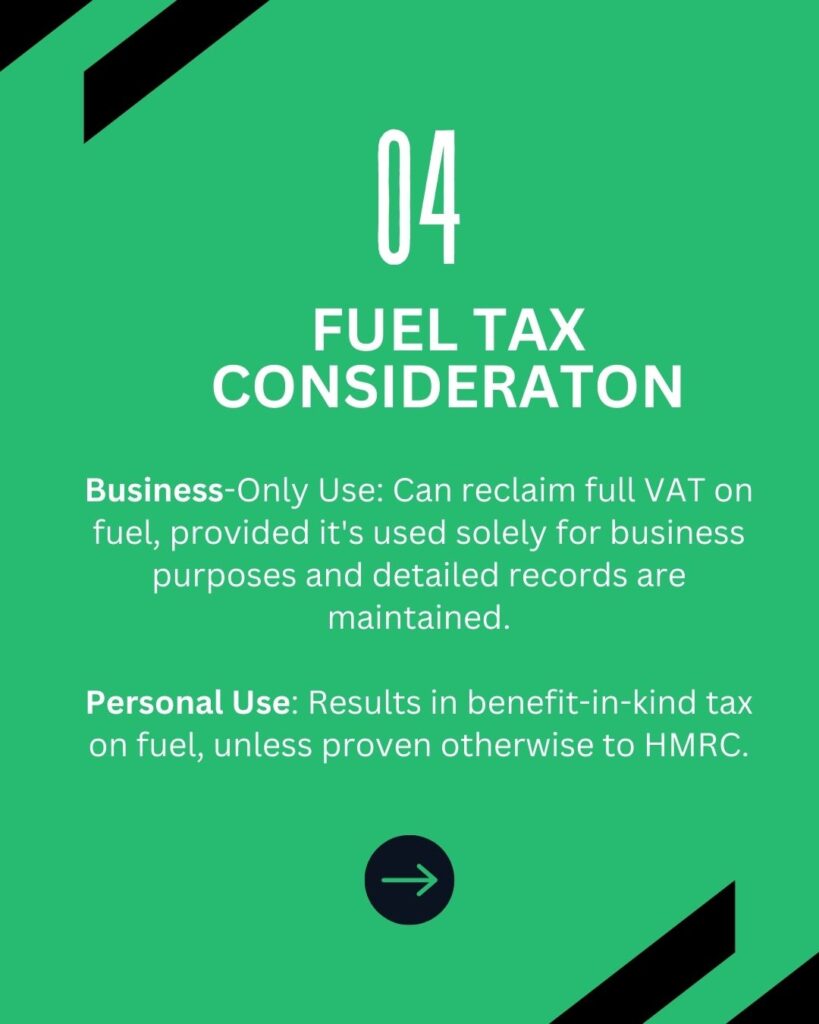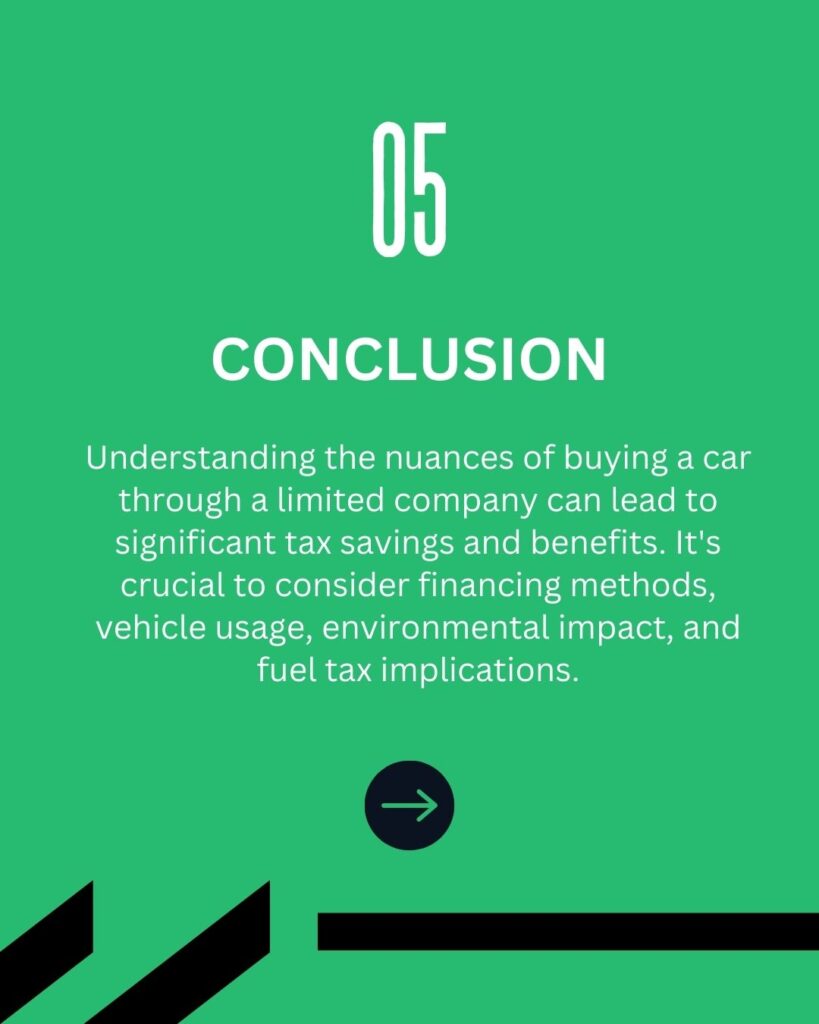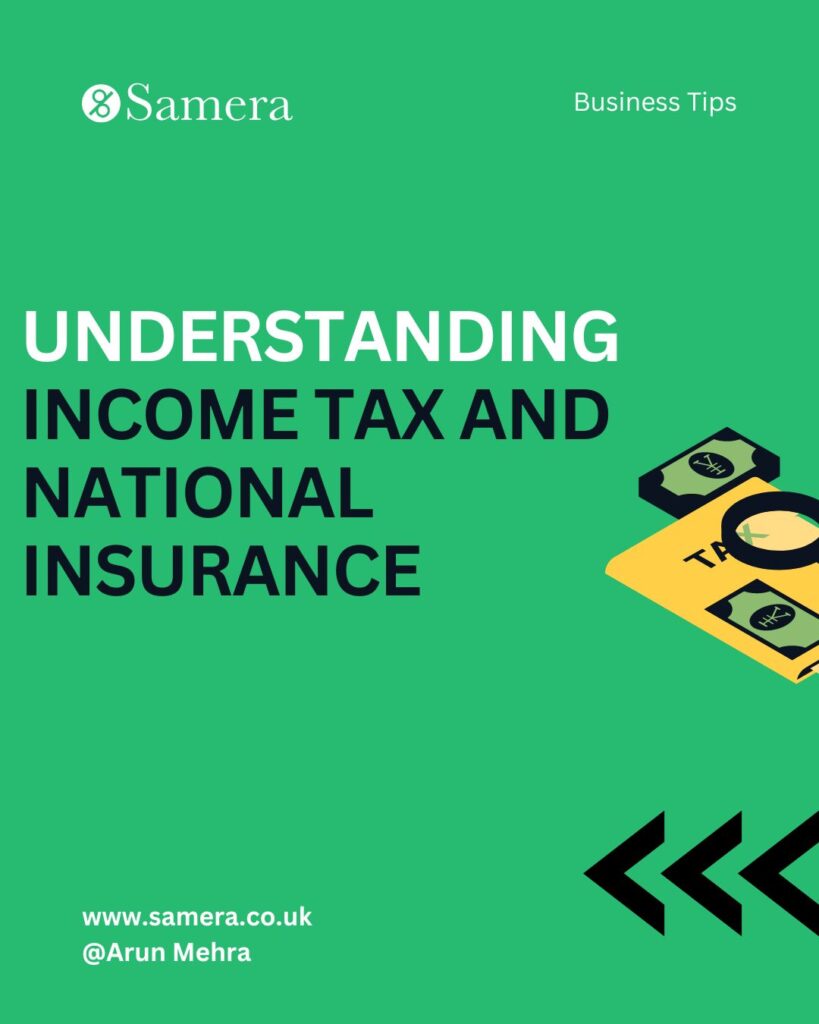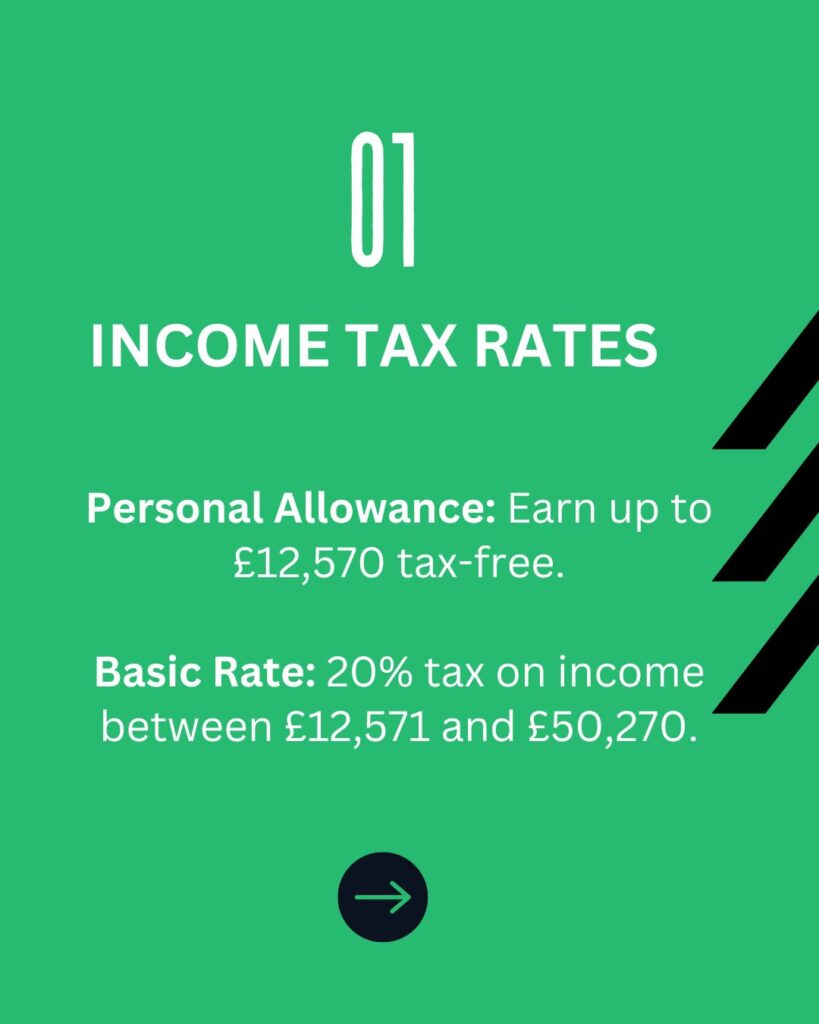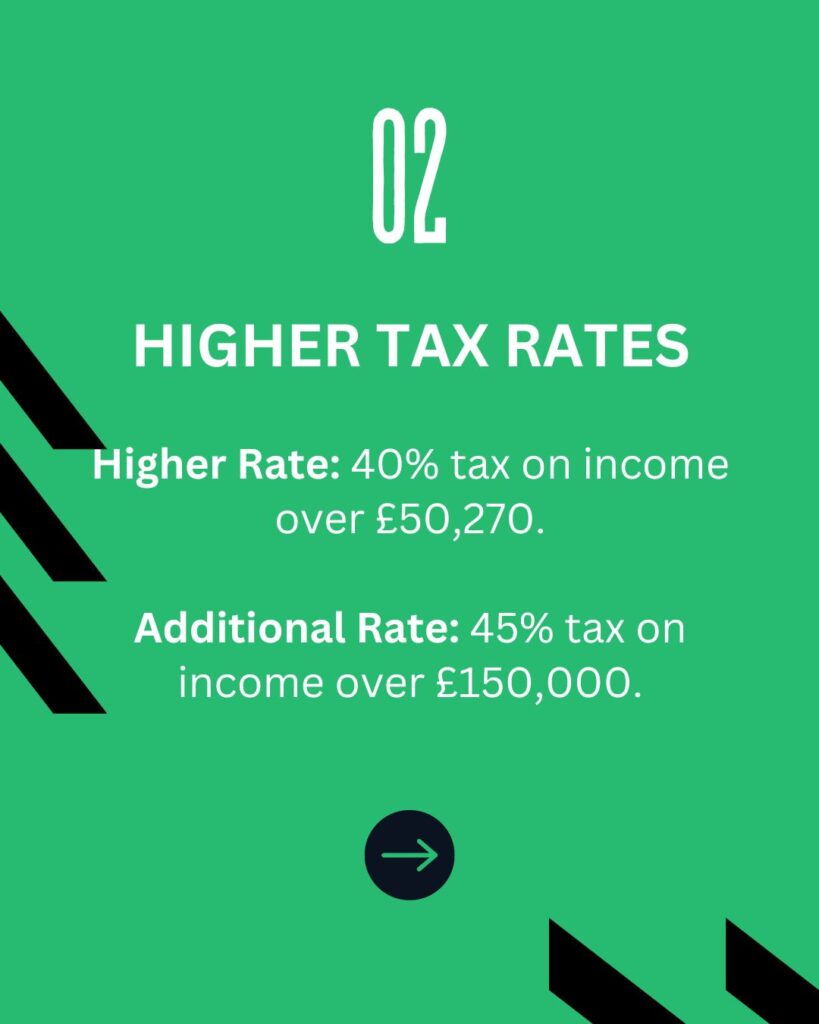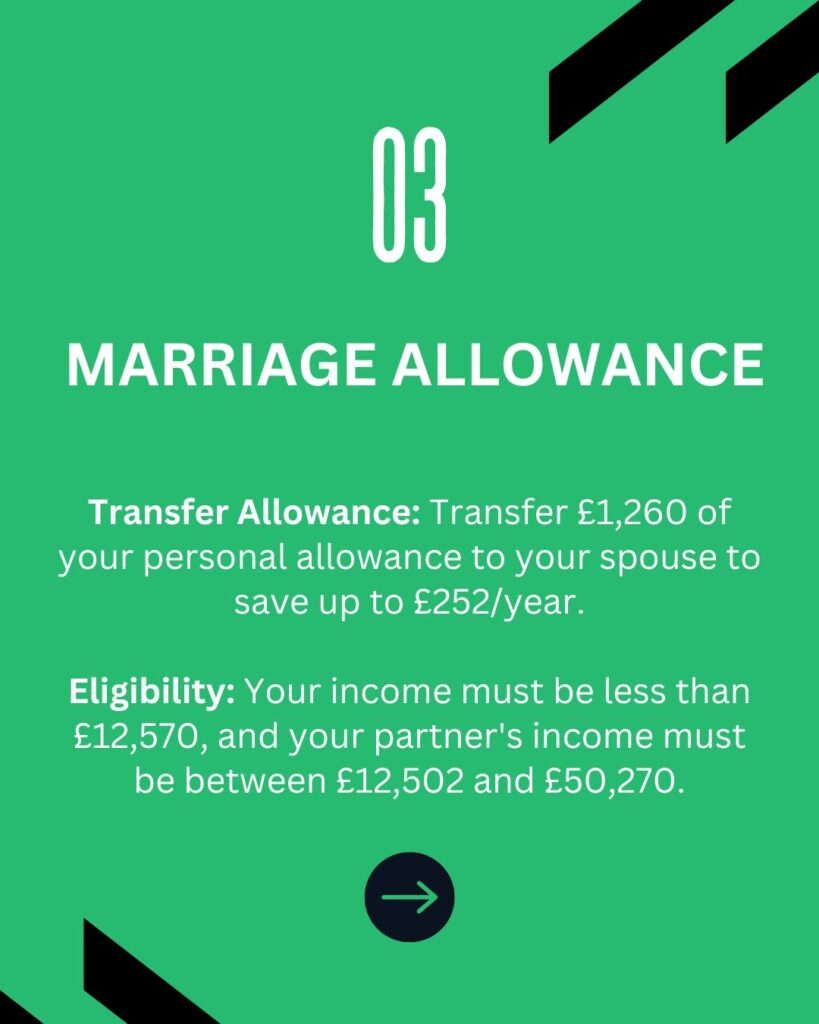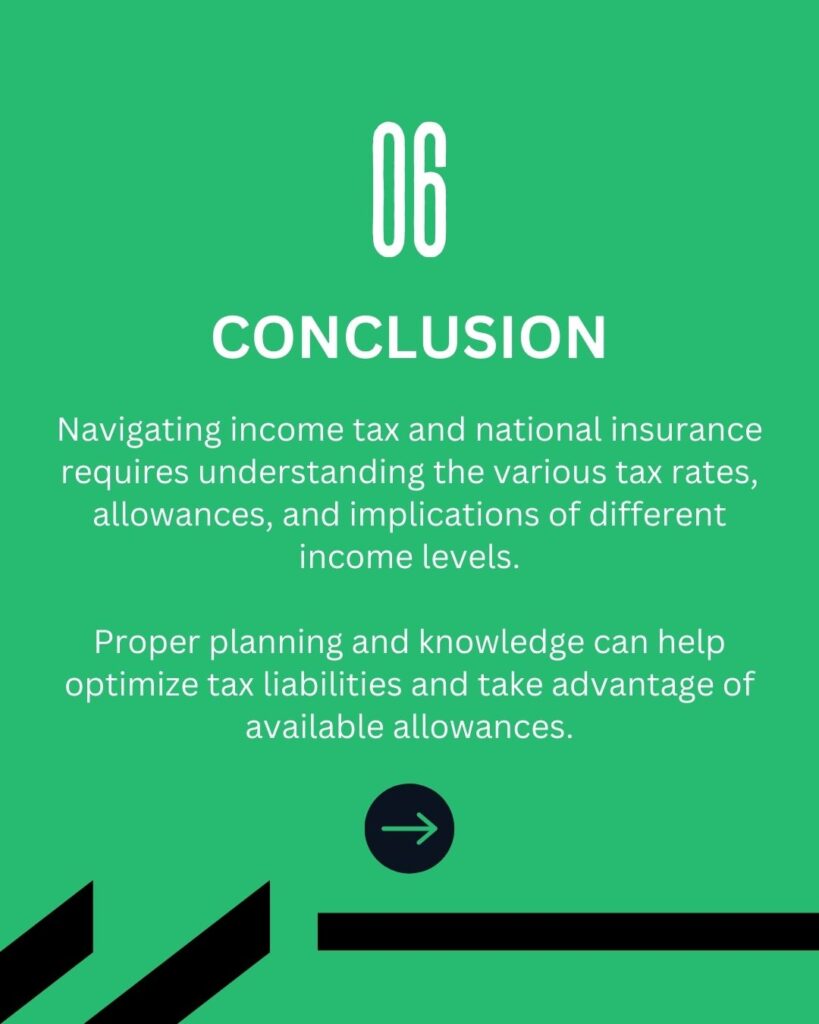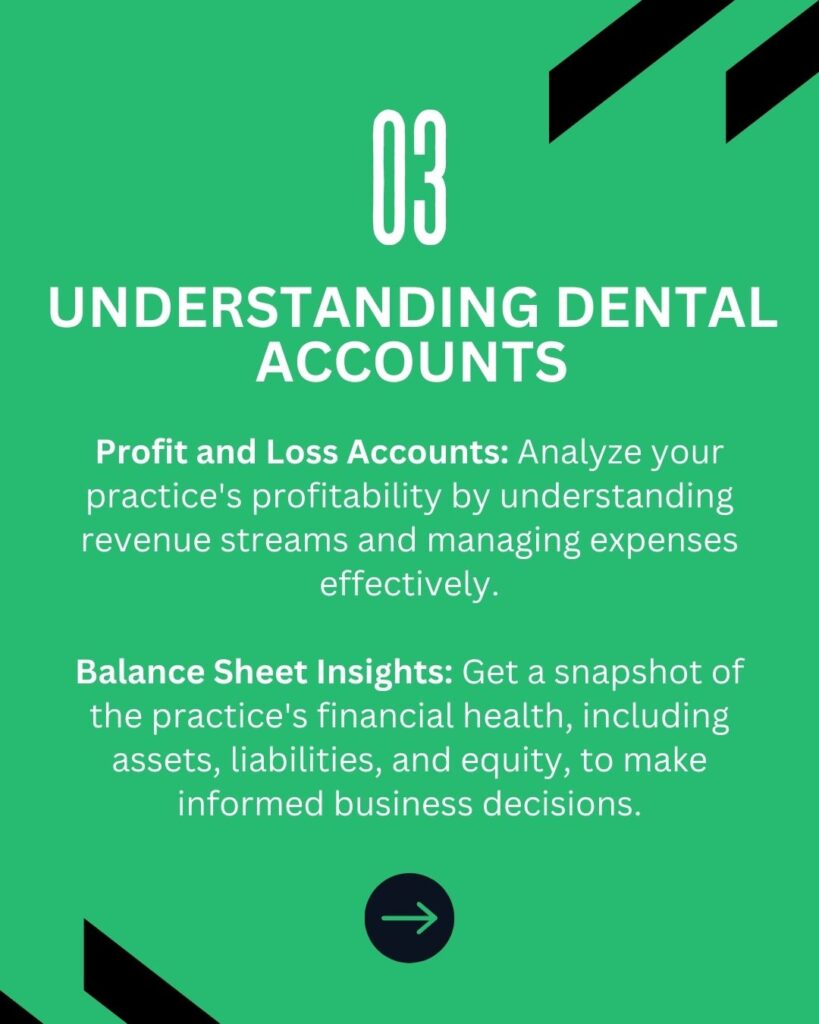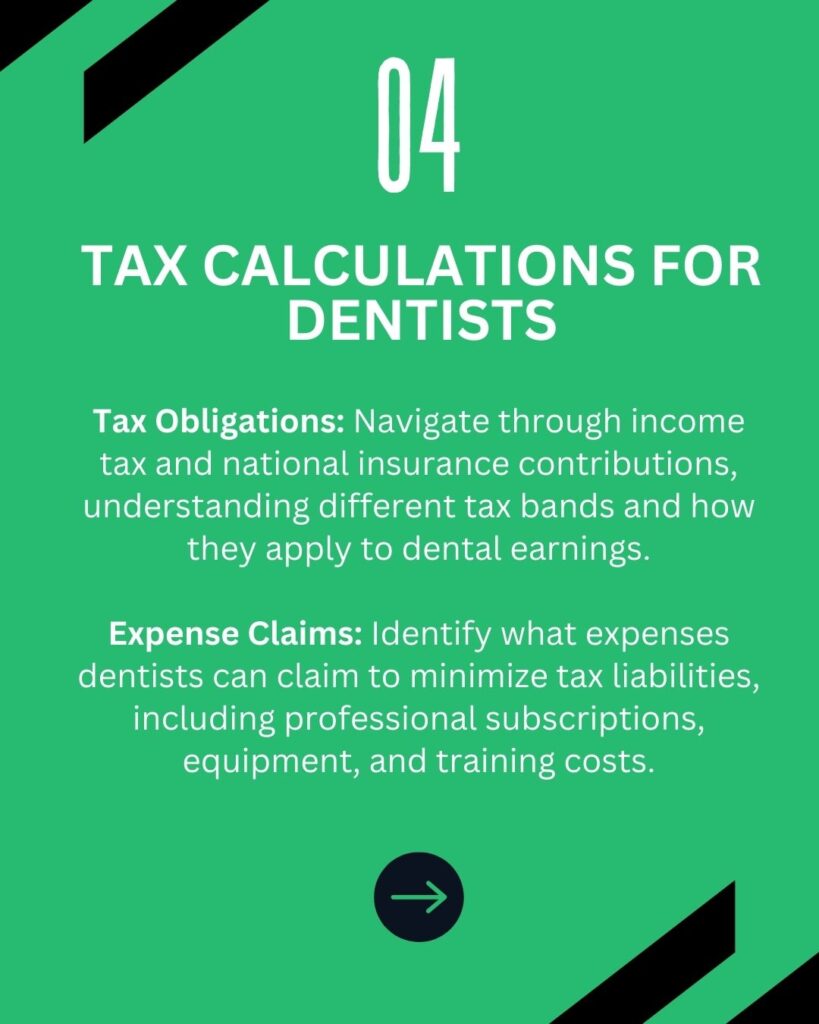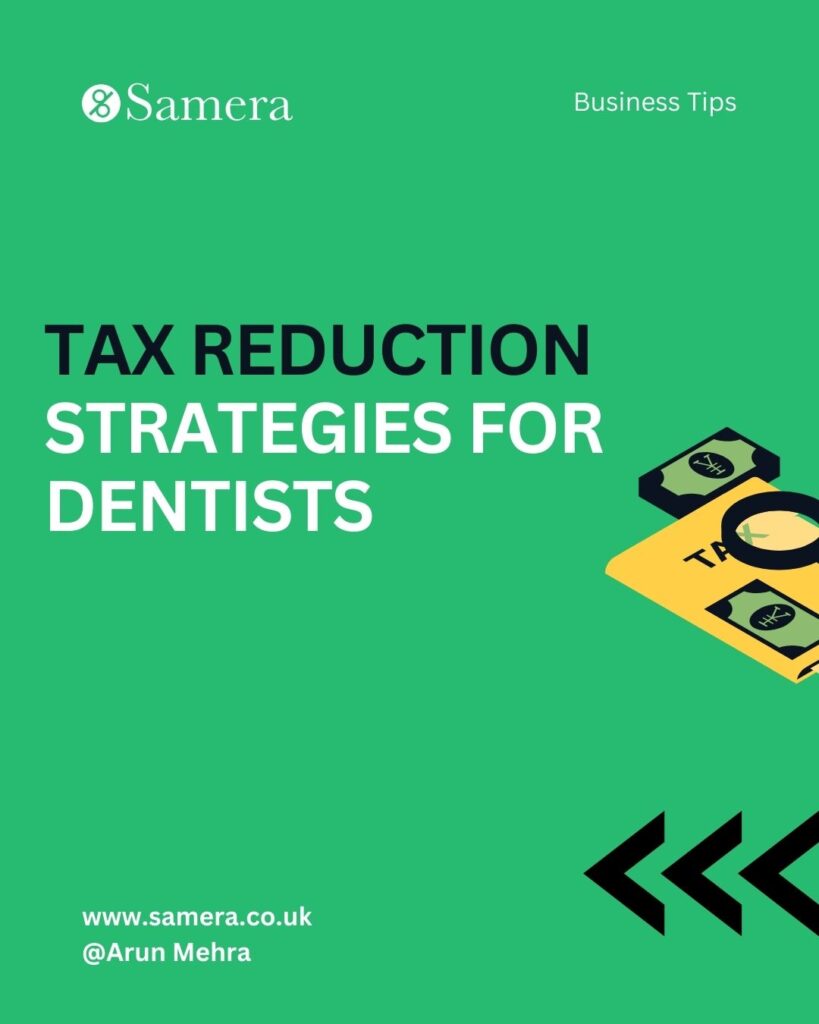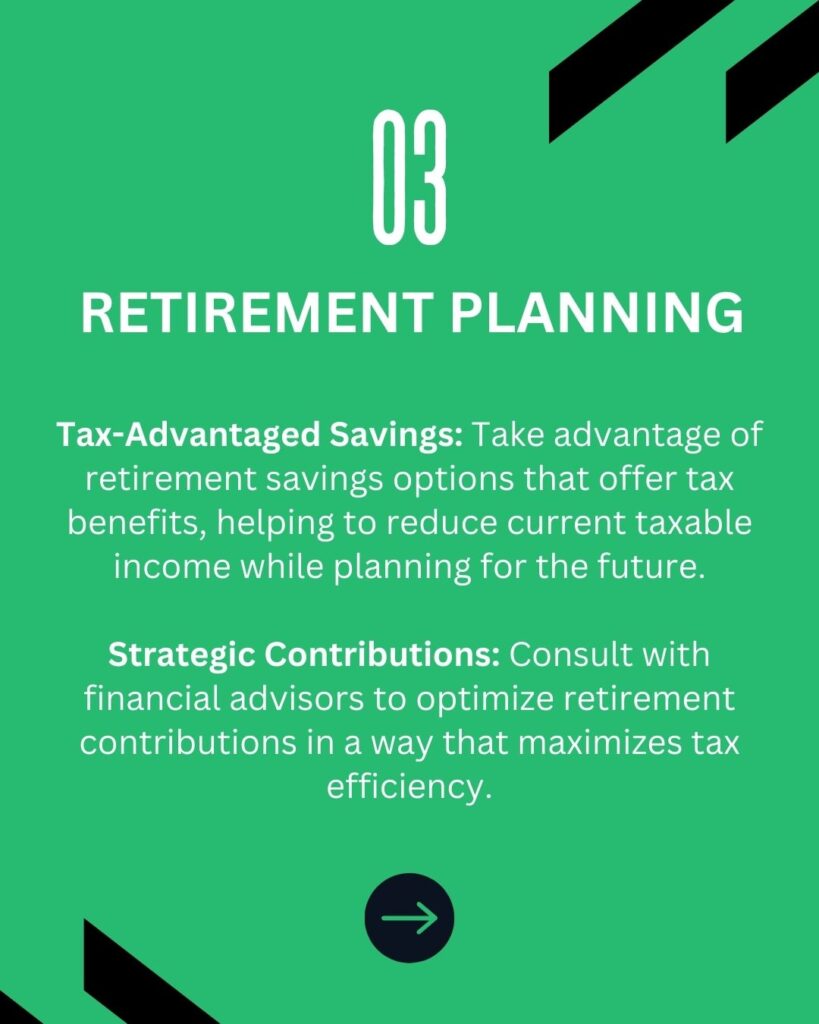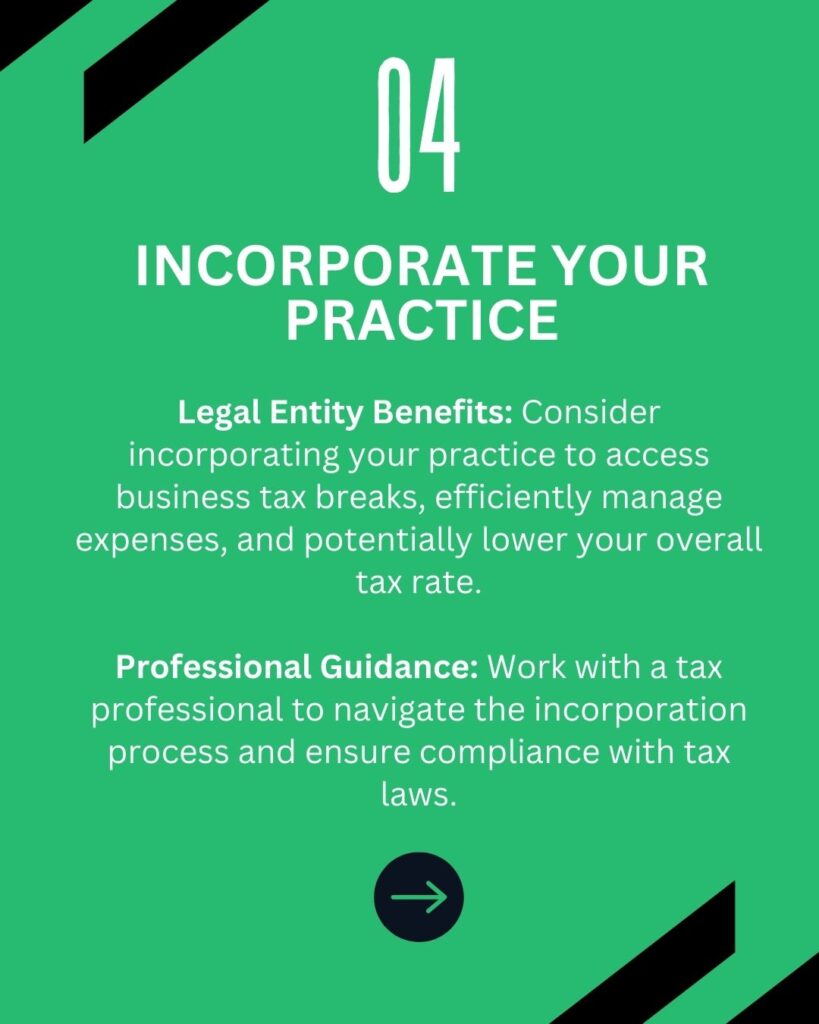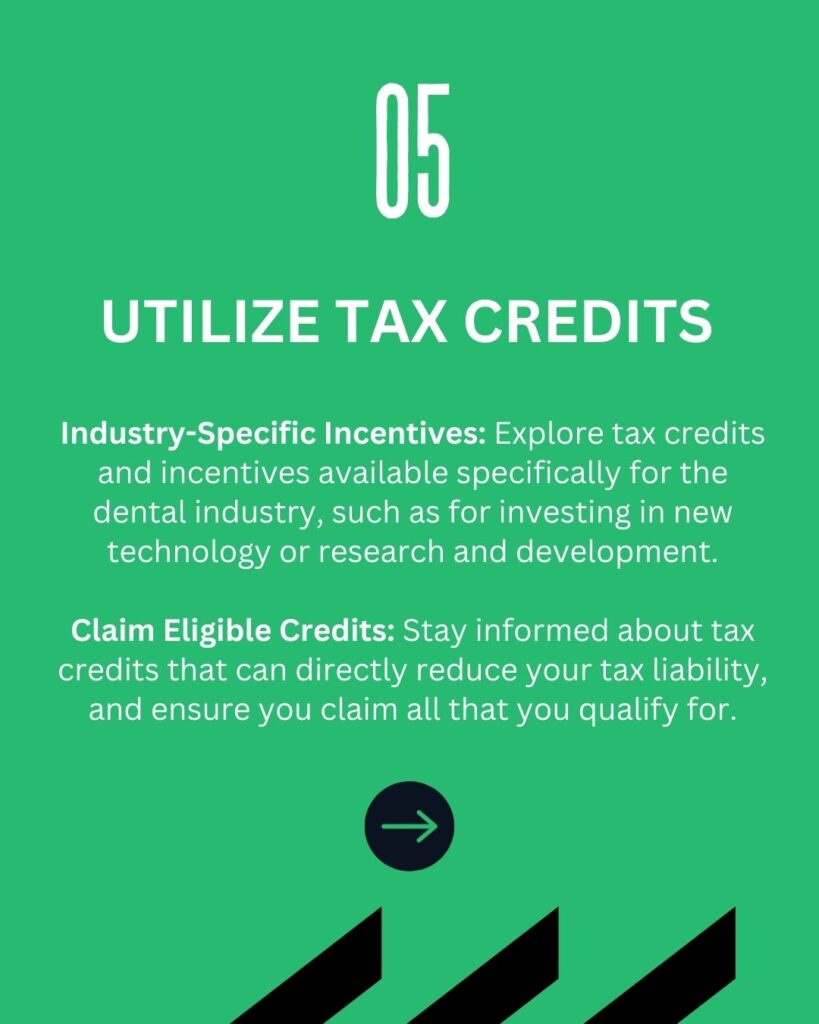In this complete guide, we’ll explain everything you need to know about tax relief as a dentist, including what it is, how it works, and the different types of help available. We’ll also share expert tips and tricks to help you get your expenses back and make the most of your tax relief options.
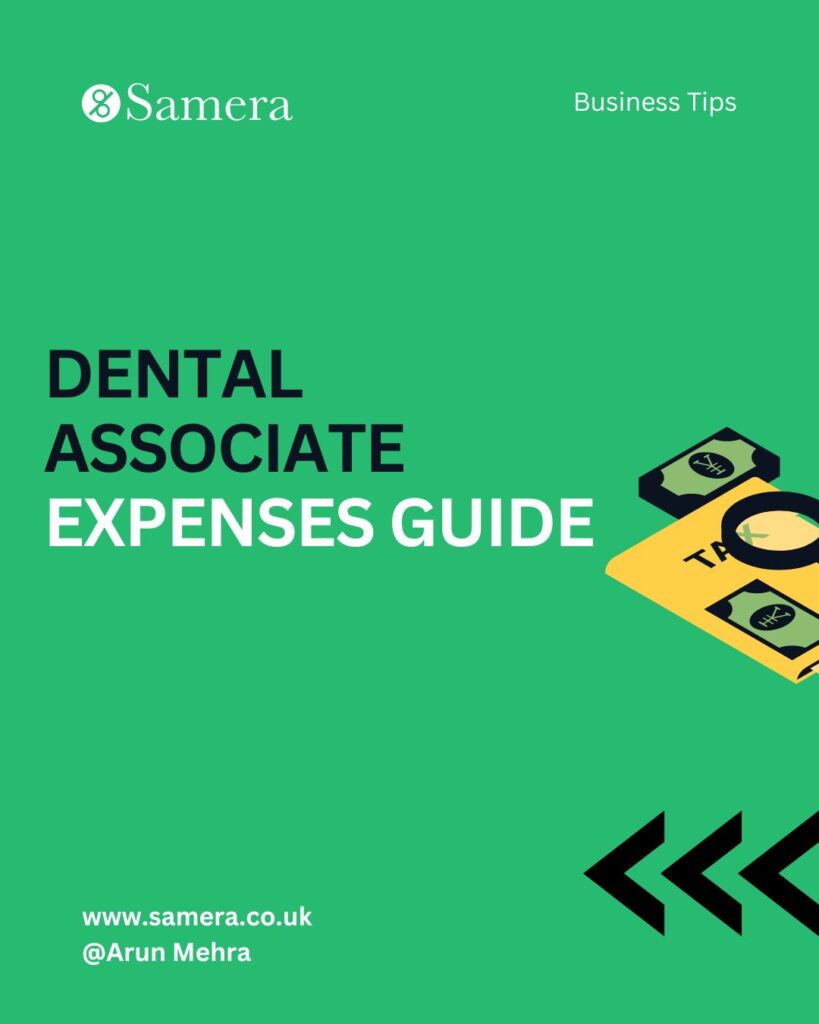
Understanding the Importance of Tax Relief for Dentists
If you’re a dentist or dental business owner in the UK, it’s crucial to know about tax relief as it can help you save money and improve your tax strategy. Tax relief means getting deductions and allowances from HM Revenue and Customs (HMRC) to lower your overall tax bill.
One big reason tax relief matters for dental business owners is that it allows you to get money back for expenses related to running your business. This includes things like buying equipment, paying for professional services, and even training your staff. By claiming these expenses as tax deductions, you can reduce your taxable income, pay less in taxes and become more profitable.
Tax relief can also create opportunities for investment and growth in your dental practice. For instance, certain expenses like upgrading your dental equipment or expanding your clinic may qualify for tax relief. This means you can get back a portion of the money you spent through tax deductions, which lets you reinvest in your business without shouldering the entire financial burden.
Furthermore, understanding tax relief will help you navigate complex tax rules and ensure you follow HMRC guidelines. By staying informed about the available tax reliefs and allowances designed specifically for dentists and dental business owners, you can maximize your savings while minimizing the risk of potential penalties or audits.
In a nutshell, tax relief is incredibly important for dental entrepreneurs in the UK. It offers many benefits, such as getting money back for various business expenses, supporting growth and investment, and ensuring compliance with tax rules. By learning about the ins and outs of tax relief and seeking professional guidance when needed, you can navigate the tax landscape like a pro and enhance your financial situation as a dental business owner.
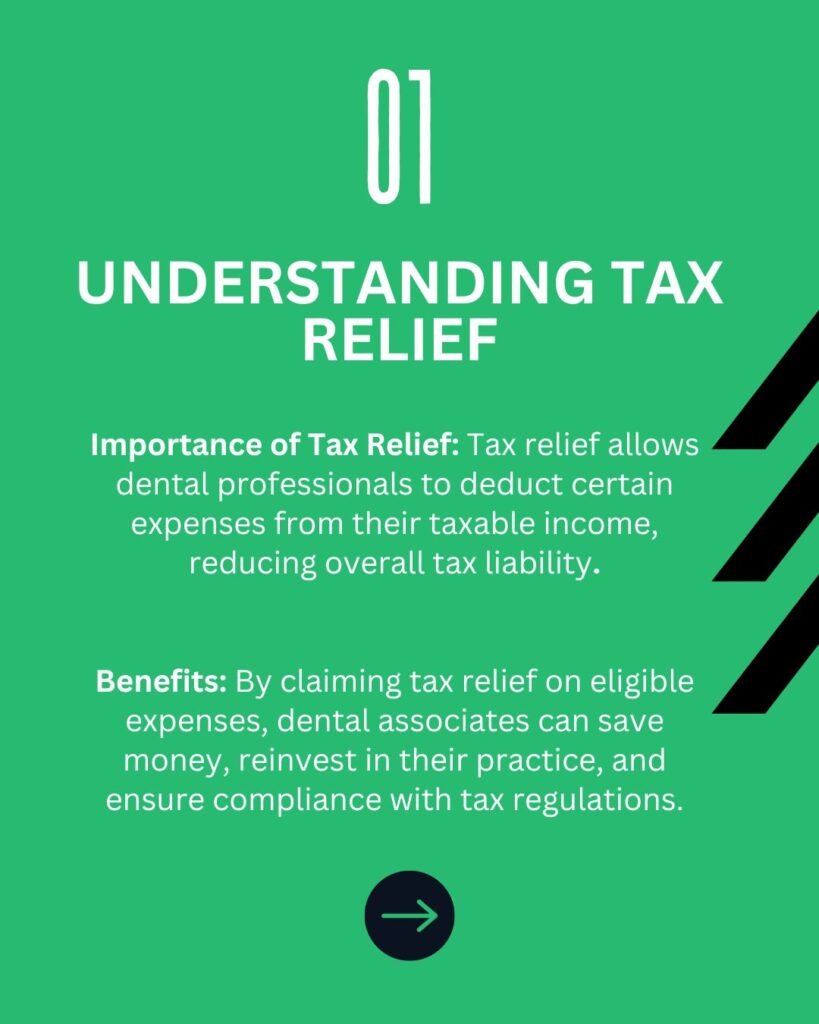
Click here for our article and podcast episode on reducing your tax bill as a dentist.
Action points:
- Learn about the different types of tax relief available to dental business owners in the UK. You can do this by visiting the HMRC website or speaking with a tax advisor.
- Identify all of the business expenses that you may be eligible to claim tax relief on. This includes things like equipment purchases, professional fees, and staff training.
- Keep accurate records of all of your business expenses. This will make it easier to file your tax return and claim tax relief on eligible expenses.
- Consider using a tax advisor to help you with your tax return and claim tax relief. A tax advisor can help you to ensure that you are claiming all of the tax relief that you are entitled to, and that you are following all of the relevant HMRC guidelines.
Click here to learn more about our Tax Planning for Dentists services.
Common Tax Relief Options Available for Dental Professionals in the UK
If you are employed by or run a dental business in the UK, knowing about the various tax relief options available to you is really important for making your finances better. By taking advantage of these helpful opportunities, you can actually lower the amount of taxes you have to pay and increase your profits. In this section, we’ll look at some common tax relief options that dental professionals can use in the UK.
- Capital Allowances: Dental practices often need to spend a lot on equipment and tools. The good news is you can claim capital allowances for these assets, which means you can subtract a part of their cost from your taxable profits. This can save you a lot of money in taxes and help you recover some of your initial investment.
- Research and Development (R&D) Relief: If your dental practice is involved in innovative research activities or develops new techniques, you might qualify for R&D relief. This relief lets you claim extra deductions or even get a tax credit for eligible R&D expenses. It’s important to keep detailed records of your research projects and consult a tax professional to make sure you follow the specific rules set by HM Revenue and Customs (HMRC).
- Business Expenses: It’s crucial to carefully track and record your business expenses because you can deduct them from your taxable income. Common deductible expenses for dental professionals include things like rent, utilities, staff salaries, professional fees, marketing costs, and insurance payments. Remember to keep receipts and proof to support your claims.
- Pension Contributions: Making contributions to a pension plan helps you save for retirement and provides tax relief. Dental entrepreneurs can benefit from tax relief on pension contributions up to certain limits, reducing their overall tax liability while securing their financial future.
Click here to learn more about Pensions and Payroll for Dentists. - Annual Investment Allowance (AIA): The AIA allows dental entrepreneurs to claim a generous deduction for qualifying capital expenditures, such as renovations, building improvements, or equipment purchases. The current AIA limit is £1 million, offering significant opportunities for tax relief on eligible investments.
- Employee Benefits: Providing employee benefits like healthcare, dental insurance, and training not only boosts staff morale but also offers tax advantages. Some benefits may be exempt from National Insurance contributions or qualify for tax relief, reducing your overall business taxes.
Remember, tax rules and relief options can be complex and subject to changes in the future, so it’s essential to consult with a qualified tax advisor or accountant who specializes in the dental industry. They can guide you through the intricacies of managing your taxes, ensuring compliance, and maximizing your tax relief opportunities. By staying informed and proactive, you can claim expenses like a pro and enhance the financial performance of your dental business.

Click here to read more about R&D Tax Relief for Dentists.
Action points:
- Review your business expenses to identify any potential tax deductions. Common deductible expenses for dental professionals include rent, utilities, staff salaries, professional fees, marketing costs, and insurance payments.
- Keep accurate records of all of your business expenses. This will make it easier to file your tax return and claim tax deductions on eligible expenses.
- Consider setting up a pension plan and making contributions. Pension contributions can help you save for retirement and provide tax relief.
- Review your employee benefits to identify any that may be exempt from National Insurance contributions or qualify for tax relief. Providing employee benefits can boost staff morale and reduce your overall business taxes.
- Consult with a qualified tax advisor or accountant who specializes in the dental industry like Samera. They can help you to claim all of the tax relief that you are entitled to, and to ensure that you are following all of the relevant HMRC guidelines.
Did You Know?
- Dental Practice Expenses: Dentists in the UK can claim tax relief on allowable business expenses. These expenses can include rent, utilities, staff salaries, and other costs associated with running a dental practice.
Source: HM Revenue & Customs (HMRC)
- Capital Allowances: Dentists can claim capital allowances on dental equipment and fixtures, such as chairs, X-ray machines, and dental instruments. These allowances allow for the deduction of the cost of these assets over time.
Source: HMRC – Capital allowances
- Research and Development Tax Credits: Dentists involved in research and development activities can benefit from tax credits to incentivize innovation. This can help reduce the financial burden of investing in new treatments or technologies.
Source: HMRC – Research and Development (R&D) tax relief
- Mileage and Travel Expenses: Dentists can claim tax relief for travel expenses related to their profession, such as attending conferences, visiting patients at different locations, or traveling to training courses.
Source: HMRC – Travel and subsistence expenses for employees
- Student Loan Repayments: Many dentists in the UK may have student loans from their education. The repayment thresholds and rates are linked to income, providing some tax relief by ensuring that repayments are manageable.
Source: Student Loan Repayment – GOV.UK
- National Insurance Contributions (NICs): Dentists may benefit from reduced NICs under the Class 4 NICs scheme, which is based on their income from self-employment.
Source: HMRC – National Insurance for self-employed people
- Pension Contributions: Dentists can receive tax relief on their pension contributions. Contributions to a registered pension scheme are eligible for tax relief, making it an attractive way to save for retirement.
Source: HMRC – Pension Tax Relief
- Childcare Vouchers and Tax-Free Childcare: Dentists with children may benefit from tax relief schemes that help cover the cost of childcare. These include childcare vouchers and tax-free childcare accounts.
Source: Childcare Choices – GOV.UK
Identifying Eligible Expenses for Tax Relief in Dental Practices
When it comes to running a dental practice in the UK, knowing which expenses qualify for tax relief is crucial for saving money on your taxes. Understanding which costs can be claimed can help you get back a significant portion of your business expenses and reduce your overall tax bill.
To start, it’s important to know that eligible expenses in dental practices can vary depending on the nature of your business and the specific services you provide. However, there are some common expenses that are often eligible for tax relief:
- Dental equipment and tools: Any expenses incurred for buying, repairing, or maintaining dental equipment and tools are usually eligible for tax relief. This includes items like dental chairs, X-ray machines, dental drills, and sterilization equipment.
- Lab fees: Payments made to dental labs for services like crowns, dentures, and orthodontic devices can be claimed as eligible expenses. Keep track of these payments to ensure accurate deductions.
- Staff salaries and training: Salaries and wages paid to your dental team, including hygienists, dental nurses, receptionists, and practice managers, qualify for tax relief. Additionally, the costs associated with training your staff can be claimed as an expense.
- Facility rent and utilities: If you operate your dental practice from a rented location, the rent you pay can be claimed as an eligible expense. Other utility bills like electricity, water, and heating can also be included.
- Professional fees and insurance: Fees paid to professional bodies, regulatory fees, and insurance premiums designed for your dental practice can be claimed for tax relief. Examples include membership fees to dental associations or malpractice insurance costs.
- Marketing and advertising: Expenses related to promoting and advertising your dental practice, such as website development, online advertising, printed materials, and signage, can be claimed as eligible expenses.
We have listed below common key expenses you can claim for in your self assessment tax return as a dentist.
- Travel for business purposes at 45p/mile, and this includes travel to any courses or visiting accountants etc. We would suggest keeping a diary of business travel through the year so that you don’t have to do all of this at once at the year end. You cannot claim mileage to a regular place of work but can claim for travel to other dental practices where this is irregular
- Alternatively, you may put the cost of your car through your business, along with the costs of repairs, MOTs, servicing and fuel receipts. However, we would be required to remove the non-business usage proportion of these costs. For example, if you estimate that you have used your vehicle for 20% business use and 80% private use, then we would disallow 80% of these costs. The 20% that has been claimed may still be more than the alternative option of claiming mileage at 45p/mile.
Click to read about buying a car through a limited company. - Any other business travel costs such as trains/taxis etc.
- Training and Course costs that are to ‘update pre-existing knowledge’, such as annual update courses etc. Course costs that enhance your technical knowledge cannot be claimed as a business expense. You have to tread carefully here as we have seen clients get into trouble with HMRC on this aspect.
- Subscriptions to the BDA, GDC etc.
- Professional indemnity insurance
- Legal advice relating to business matters
- Cleaning/laundry costs
- Printing, postage and stationery for business purposes
- Any dental materials purchased
- Accountancy costs!
- Any website or marketing costs you might incur
- A proportion of your telephone bills relating to business use
- A proportion of your home bills due to having an office at home to administer your business and put accounts records together (the HMRC flat rate is £4/week but this may be more depending on evidence provided)
- Loupes or other equipment that you will use for the purpose of your business
- Cost of study texts that you previously purchased as you will refer to these for the purpose of your business
- In addition, your business could ‘buy’ from you the cost of your personal laptop and printer that you use to administer the business if you have these
The above list isn’t ‘exhaustive’ so please feel free to ask if there is an expense that you have paid and are unsure whether you can claim. There is no additional fee for asking about these.
Remember, maintaining proper records is essential when claiming tax relief. Keep detailed records of all your business expenses, including receipts, invoices, and bank statements, to support your claims.
To ensure you’re maximizing your tax relief, it’s advisable to consult with a qualified accountant or tax advisor who specializes in dental practices. They can help you navigate the complexities of tax regulations, identify additional eligible expenses, and ensure that your claims are accurate and compliant.
By identifying and claiming eligible expenses for tax relief in your dental practice, you can significantly reduce your tax burden and allocate more resources to providing quality dental care and growing your business.
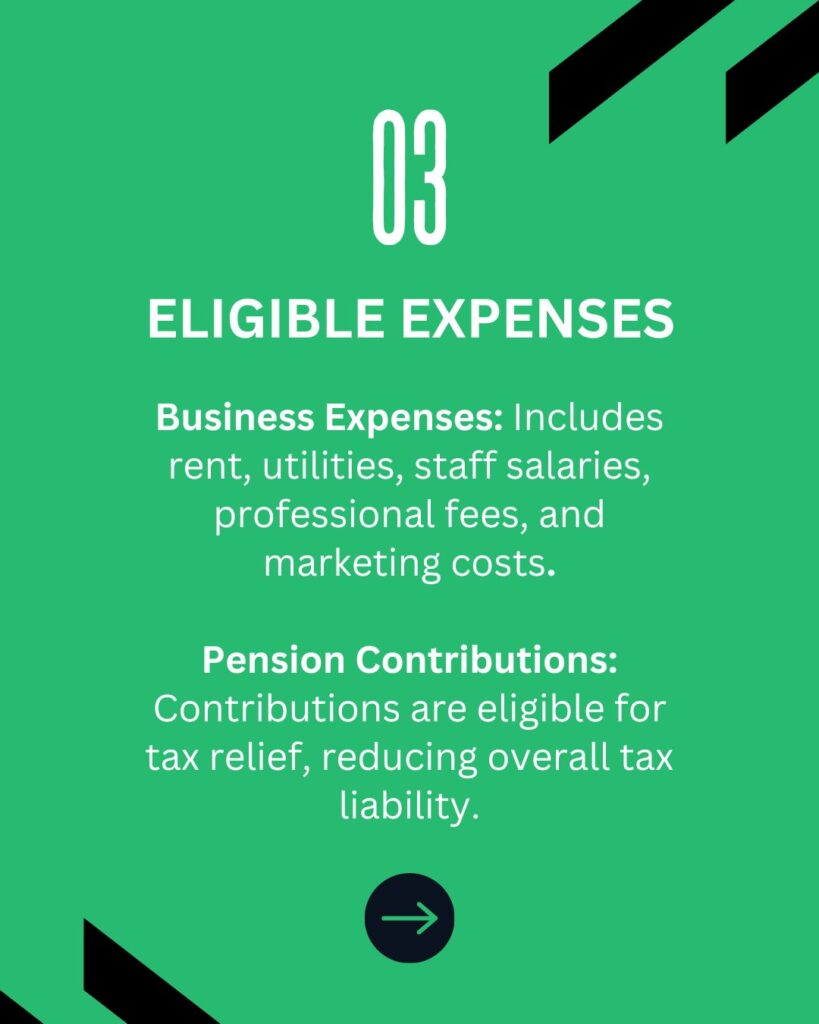
Click here for our webinar on tax saving strategies for dentists.
Action points:
- Review your business expenses to identify any potential tax deductions. The list of common eligible expenses provided in the paragraph is a good starting point, but you may be able to claim other expenses as well.
- Keep accurate records of all of your business expenses. This will make it easier to file your tax return and claim tax deductions on eligible expenses.
- Consider working with a qualified accountant or tax advisor who specializes in dental practices. They can help you to identify all of the eligible expenses that you can claim, and to ensure that your claims are accurate and compliant.
Step-by-Step Guide to Claiming Back Expenses
Getting money back for your dental business expenses is a crucial part of managing your finances properly. You can make sure you make the most of your tax relief opportunities and get your expenses back like a pro by following these steps:
- Step 1: Keep Good Records Start by keeping detailed records of all your business expenses. This means keeping invoices, receipts, and any other documents that show what you’ve spent money on. This will help you see a clear picture of your expenses and make it easier to claim them.
- Step 2: Learn About Eligible Expenses Find out more about the expenses that can be claimed for tax relief. As a dental business owner, these might include things like equipment purchases, dental supplies, lab fees, professional membership fees, utility bills, insurance payments, and even certain travel expenses. Talk to a tax expert or check HMRC guidelines to make sure you’re claiming the right expenses.
- Step 3: Keep Personal and Business Expenses Separate To claim expenses accurately, it’s important to keep your personal and business expenses separate. This means having separate bank accounts and credit cards for your business. This way, you can easily identify and track your business expenses, making the claiming process less complicated.
- Step 4: Categorize Your Expenses Organize your expenses into specific categories, like office supplies, professional fees, or equipment purchases. This organization will make the claiming process smoother and provide a clear breakdown of your expenses for tax purposes.
- Step 5: Consult a tax professional like Samera Dental Accountants to ensure you’re making the most of your tax relief opportunities and claiming expenses correctly. We can provide expert guidance, review your records, and help identify any additional deductions or relief options tailored to your dental business.
- Step 6: Submit your claim once you’ve gathered all the necessary documentation and consulted with a tax professional, it’s time to submit your claim. This can usually be done through self-assessment tax forms or other relevant forms required by HMRC. Make sure you submit your claim within the specified deadlines to avoid any penalties or delays.
By following this step-by-step guide, you can navigate the process of claiming expenses for your dental business like an expert. Remember, maintaining proper records, identifying eligible expenses, and seeking professional advice are essential to maximize your tax relief and improve your financial management.

Click here for help on Making Tax Digital for Dentists.
Action points:
- Keep detailed records of all of your business expenses. This includes things like invoices, receipts, and any other documents that show what you’ve spent money on.
- Learn about the expenses that can be claimed for tax relief. You can do this by talking to a tax expert or checking HMRC guidelines.
- Keep your personal and business expenses separate. This means having separate bank accounts and credit cards for your business.
- Categorize your expenses into specific categories. This will make the claiming process smoother and provide a clear breakdown of your expenses for tax purposes.
- Consult with a tax professional. They can help you to identify all of the eligible expenses that you can claim, and to ensure that your claims are accurate and compliant.
- Submit your claim within the specified deadlines.
Tips for Keeping Accurate Records and Receipts for Tax Purposes
When you’re a dental business owner in the UK, it’s vital to keep good records and receipts to get your expenses back and make the most of tax relief. This not only helps you follow tax rules but also allows you to take full advantage of deductions and credits that you’re eligible for.
First, set up a system to organize and store your records. You can do this digitally or with physical files, depending on your preference. You can use accounting software or small business apps to make the process easier and reduce the risk of losing important records.
Regularly practice the habit of keeping all receipts related to business expenses. This includes receipts for things like equipment purchases, office supplies, professional memberships, continuing education courses, and any other expenses directly related to running your dental practice. Even seemingly small expenses can add up and lead to significant tax savings.
In addition to receipts, maintain clear and detailed records of your income and expenses. You can do this by using bank statements, invoices, and financial reports. Keep track of any mileage or travel expenses incurred for business purposes, as these can also be tax-deductible.
It’s important to keep personal and business expenses separate to avoid confusion or potential issues during tax time. Having a dedicated business bank account and credit card can help streamline this process and provide a clear distinction between personal and professional finances.
Consider consulting with a tax professional or accountant who specializes in dental businesses. They can offer guidance on tax regulations, ensure accurate record-keeping, and help you identify additional deductions or credits that may apply to your specific situation.
By maintaining accurate records and receipts, you’ll not only simplify the tax filing process but also maximize your tax relief as a dental business owner. Remember, every eligible expense counts, so stay organized and claim your expenses like a pro.
Action points:
- Set up a system for organizing and storing your records. This could be a digital system, such as using accounting software or small business apps, or a physical system, such as using folders and filing cabinets.
- Regularly practice the habit of keeping all receipts related to business expenses. This includes receipts for things like equipment purchases, office supplies, professional memberships, continuing education courses, and any other expenses directly related to running your dental practice.
- Maintain clear and detailed records of your income and expenses. You can do this by using bank statements, invoices, and financial reports. Keep track of any mileage or travel expenses incurred for business purposes, as these can also be tax-deductible.
- Keep personal and business expenses separate. This means having a dedicated business bank account and credit card.
- Consult with a tax professional or accountant who specializes in dental businesses. They can offer guidance on tax regulations, ensure accurate record-keeping, and help you identify additional deductions or credits that may apply to your specific situation.
Maximizing Tax Relief Through Capital Allowances and Depreciation
Increasing tax relief through capital allowances and depreciation is an important strategy for dental business owners in the UK. By understanding and using these methods, you can effectively lower your tax bill and keep more of your hard-earned money in your pocket.
Capital allowances refer to tax deductions that can be claimed on the cost of certain assets used in your dental practice. These assets include equipment, machinery, furniture, and even certain building improvements. Instead of deducting the full cost of these assets in the year of purchase, capital allowances allow you to claim a portion of the cost over several years, providing a significant tax benefit.
To maximize your capital allowances, it’s crucial to maintain detailed records of your purchases and their associated costs. This includes invoices, receipts, and any supporting documents that prove the expense is eligible for tax relief. By keeping accurate records, you can ensure that you are claiming the maximum allowable deductions and avoiding any potential issues with HM Revenue and Customs.
Depreciation, on the other hand, refers to the gradual decrease in the value of assets over time. While depreciation is not directly deductible for tax purposes in the UK, it is still an important consideration when assessing the value of your assets and calculating their capital allowances. Understanding the depreciation rates applicable to different assets can help you determine the most advantageous timing for claiming tax relief.
Tax regulations and rules regarding capital allowances and depreciation can be complex, and they are subject to future changes. Therefore, it is highly recommended to consult with a qualified accountant or tax advisor who specializes in dental business taxation. They can provide expert guidance tailored to your specific circumstances, ensuring that you are maximizing your tax relief while remaining compliant with the relevant regulations.
By effectively using capital allowances and depreciation, dental entrepreneurs in the UK can significantly reduce their tax liabilities and allocate more resources to growing their practices. Take the time to educate yourself about these strategies, seek professional advice, and confidently claim your expenses like a pro.
Action point:
- Learn about the different types of capital allowances that are available to dental businesses in the UK. You can do this by visiting the HMRC website or speaking with a tax advisor.
- Keep accurate records of all of your business assets and their associated costs. This includes invoices, receipts, and any supporting documents that prove the asset is eligible for tax relief.
- Understand the depreciation rates applicable to your business assets. This will help you determine the most advantageous timing for claiming tax relief.
- Consult with a qualified accountant or tax advisor who specializes in dental business taxation. They can provide expert guidance on how to maximize your capital allowances and depreciation deductions while remaining compliant with the relevant regulations.
Exploring Potential Tax Relief Schemes Specific to the Dental Industry
When it comes to getting tax relief for your dental business in the UK, it’s important to look into special programs designed for dental professionals. The government has introduced various tax relief opportunities that can greatly benefit dentists and help reduce their tax bills.
One such program is the Annual Investment Allowance (AIA). With this program, dental business owners can claim tax relief on qualifying capital expenses like equipment purchases, renovations, and practice improvements. The AIA lets you subtract the full cost of these investments from your taxable profits, up to a certain limit, which can boost your cash flow significantly.
Dental professionals can also take advantage of the Research and Development (R&D) tax relief scheme. Many people mistakenly believe that R&D relief is only for scientific or high-tech industries. However, R&D activities in the dental field, such as developing innovative dental treatments, improving dental materials, or implementing advanced imaging technologies, can also qualify for this relief. By claiming R&D tax relief, you can get tax credits or deductions for the expenses incurred during these research and development activities, further reducing your tax rate.
Another tax relief scheme that dental business owners should explore is Capital Allowances. This scheme allows you to claim tax relief on the purchase or renovation of buildings, as well as fixtures and fittings within the premises. Dental practices often incur significant expenses on equipment, furniture, and dental chairs, which are typically eligible for capital allowances. By properly assessing and categorizing these assets, you can claim tax relief on their cost over time, leading to substantial savings for your business.
Finally, the Enhanced Capital Allowances (ECAs) scheme should not be overlooked. ECAs specifically apply to energy-efficient investments, such as energy-saving lighting systems, air conditioning systems, and renewable energy installations. By investing in eco-friendly technologies, dental practices can not only reduce their environmental impact but also benefit from accelerated tax relief through ECAs.
In summary, by exploring and taking advantage of tax relief schemes tailored to the dental industry, you can significantly reduce your tax liabilities and improve your financial position. Be sure to consult with a qualified tax expert or accountant who specializes in dental practices to ensure you are maximizing your tax relief opportunities and staying compliant with the latest regulations.
Action point:
- Learn about the different tax relief programs available to dental business owners in the UK. This includes the Annual Investment Allowance (AIA), Research and Development (R&D) tax relief scheme, Capital Allowances, and Enhanced Capital Allowances (ECAs).
- Assess your business expenses to identify any that may qualify for tax relief under these schemes.
- Keep accurate records of all of your business expenses and assets. This will help you to claim the maximum allowable deductions and avoid any potential issues with HM Revenue and Customs.
- Consult with a qualified tax expert or accountant who specializes in dental practices. They can provide expert guidance on how to maximize your tax relief opportunities while remaining compliant with the relevant regulations.
Overcoming Common Challenges and Pitfalls when Claiming Tax Relief
Claiming tax relief can be a complicated process, especially for dental business owners in the UK. However, by being aware of common challenges and pitfalls, you can navigate the process with ease and maximize your tax savings.
One common challenge is maintaining accurate and organized records of your business expenses. To ensure you can claim tax relief on eligible expenses, it’s essential to keep precise records, including receipts, invoices, and supporting documents. Implementing a robust accounting system and regularly reviewing and categorizing your expenses can help you stay on top of your records.
Another challenge is understanding the specific tax rules and regulations associated with dental businesses. Tax rules can vary depending on the nature of your business, such as whether you are a sole proprietor, a partnership, or a limited company. Consulting with a qualified accountant who specializes in dental businesses can provide you with expert advice tailored to your specific situation and help you navigate any complexities.
It’s also important to be aware of potential pitfalls when claiming tax relief. One common pitfall is incorrectly categorizing expenses or claiming ineligible expenses. This can result in penalties or even an audit from HM Revenue and Customs. Taking the time to understand the specific tax rules and seeking professional guidance can help you avoid such pitfalls and ensure you are claiming tax relief correctly.
Furthermore, staying up to date with changes in tax regulations and rules is crucial. Tax regulations are subject to regular updates, and staying informed about any changes can help you take advantage of new opportunities for tax relief and avoid potential pitfalls. Subscribing to newsletters or attending relevant courses or webinars can provide you with the latest information and insights.
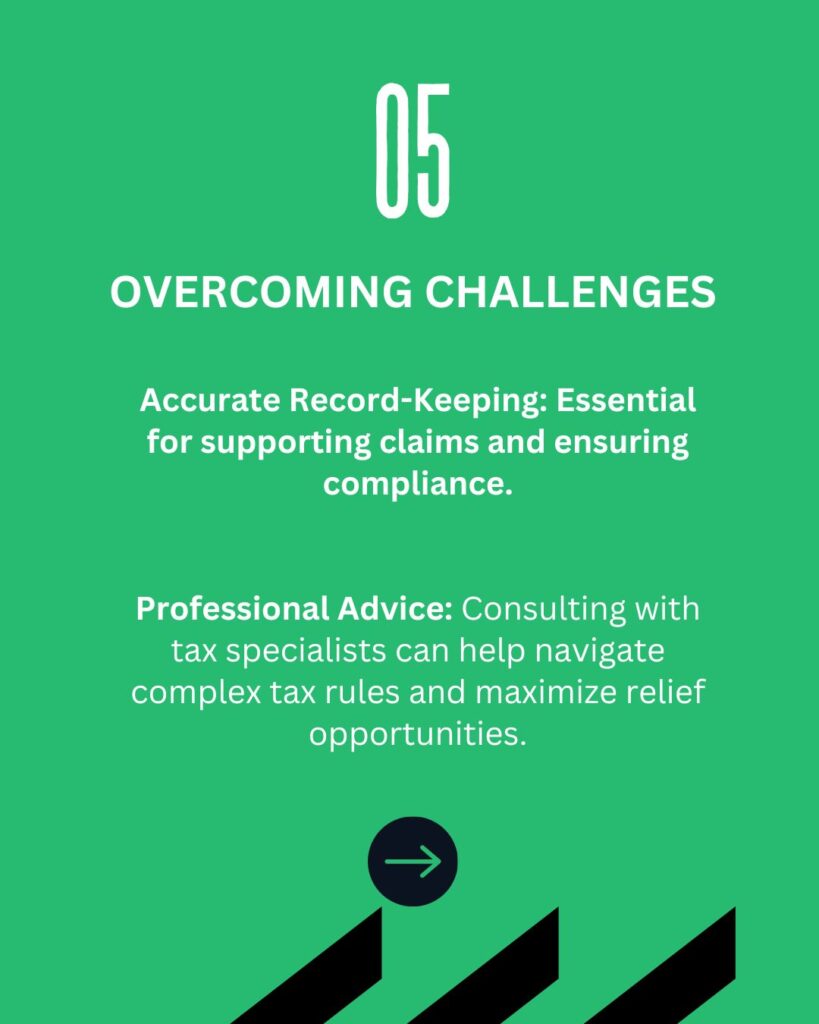
In conclusion, overcoming common challenges and pitfalls while claiming tax relief requires diligence, organization, and seeking professional advice. By keeping accurate records, understanding the specific tax rules for dental businesses, avoiding common pitfalls, and staying up to date with changes in tax regulations, you can claim tax relief like a pro and maximize your savings as a dental business owner in the UK.
Challenges and how to overcome them:
- Challenge: Maintaining accurate and organized records of business expenses
Action: Implement a robust accounting system and regularly review and categorize expenses.
- Challenge: Understanding the specific tax rules and regulations associated with dental businesses
Action: Consult with a qualified accountant who specializes in dental businesses.
- Challenge: Avoiding potential pitfalls when claiming tax relief
Action: Take the time to understand the specific tax rules and seek professional guidance.
- Challenge: Staying up to date with changes in tax regulations and rules
Action: Subscribe to newsletters or attend relevant courses or webinars.
As a dentist, dealing with taxes can be overwhelming, but with the tips and strategies outlined here, you can claim your expenses like a pro. By taking advantage of tax relief opportunities, you can increase your savings and ensure that you are keeping more of your hard-earned money.
Be sure to consult with a tax professional like Samera to ensure you are following all the rules and making the most of available deductions. With this guide, you’ll be well-equipped to navigate the tax landscape and enhance your financial success as a dental entrepreneur in the UK.
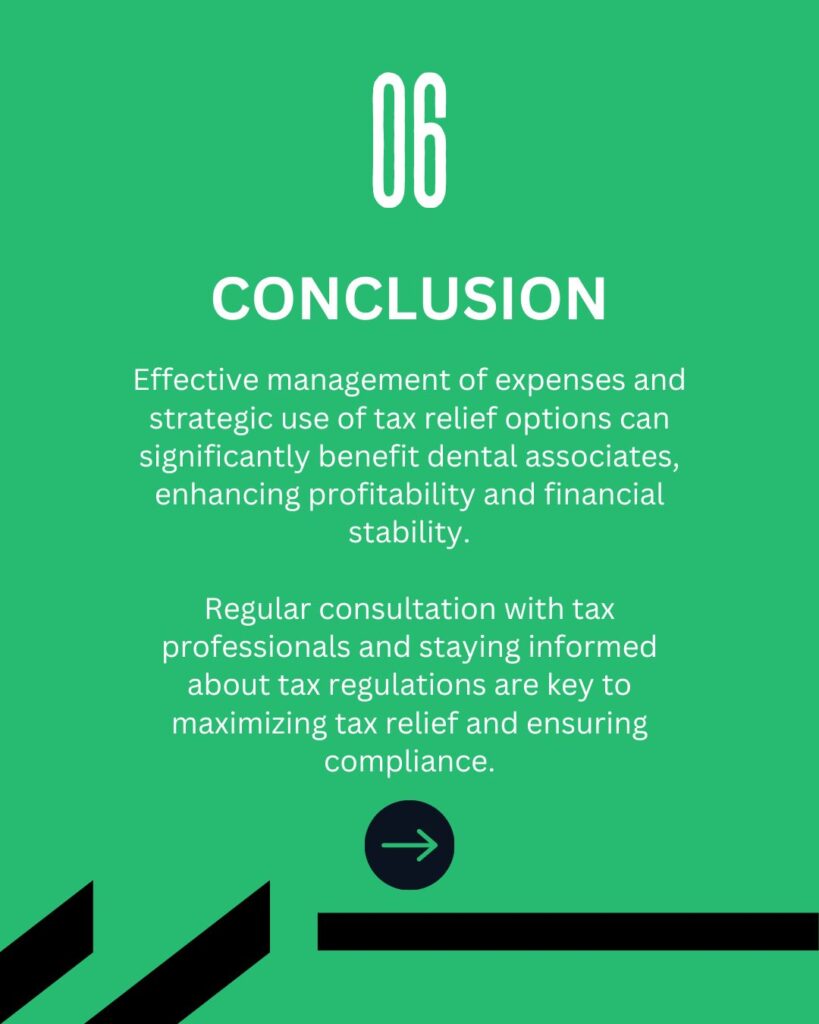
Our Expert Opinion
“There are so many business expenses that can be claimed for when trading as a dentist. But the key is to identify what is business and what is personal to ensure you don’t fall foul of HMRC’s requirements. Use this guide as a starting point and then seek expert help to make the right claims.”

Reviewed By:
Dental Accounts & Tax Specialists
As dental practice owners ourselves, we know what makes a clinic tick. We have been working with dentists for over 20 years to help manage their accounts and tax.
Whether you’re a dental associate, run your own practice or own a dental group and are looking to save time, money and effort on your accounts and tax then we want to hear from you. Our digital platform takes the hassle and the paperwork out of accounts.
To find out more about how you can save time, money and effort on your accounts and tax when you automate your finances with Samera, book a free consultation with one of our accounting team today.
Dental Accounts & Tax: Further Information
Make sure you never miss any of our articles, webinars, videos or events by following us on Facebook, LinkedIn, YouTube and Instagram.





